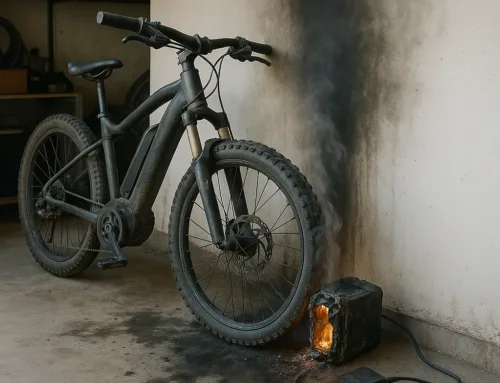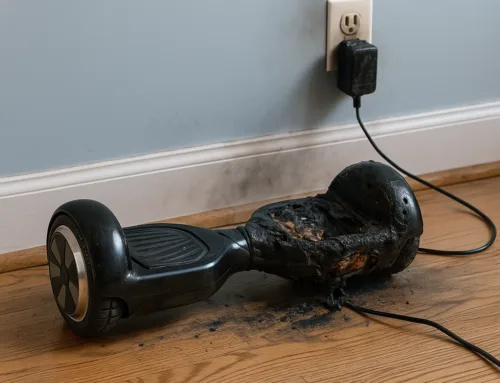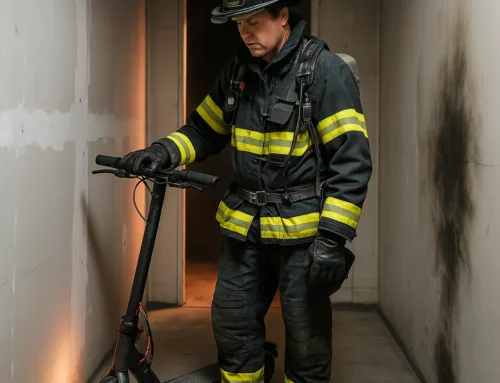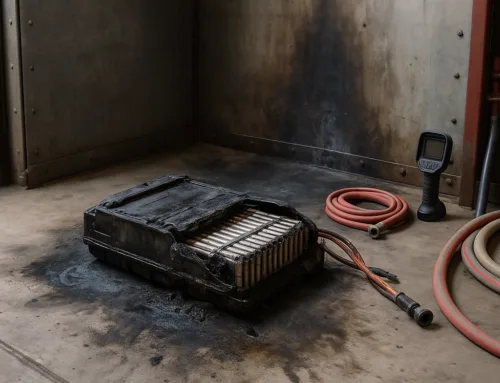Florida Officials Sound Alarm After 16 Battery-Related Fires Post-Storm
In the wake of Hurricane Helene, Florida’s Chief Financial Officer and State Fire Marshal Jimmy Patronis has issued an urgent fire safety warning: lithium-ion batteries are acting like ticking time bombs in storm-affected areas.
As of October 1, 2024, the Division of State Fire Marshal has confirmed 16 fires linked to lithium-ion batteries following Helene’s storm surge—six of those involving electric vehicles (EVs). The actual number may be higher as officials continue collecting data from across the state.
“Saltwater and lithium-ion batteries are a deadly mix,” said Patronis, stressing that EVs, scooters, hoverboards, golf carts, and even children’s toys can ignite after flood exposure.
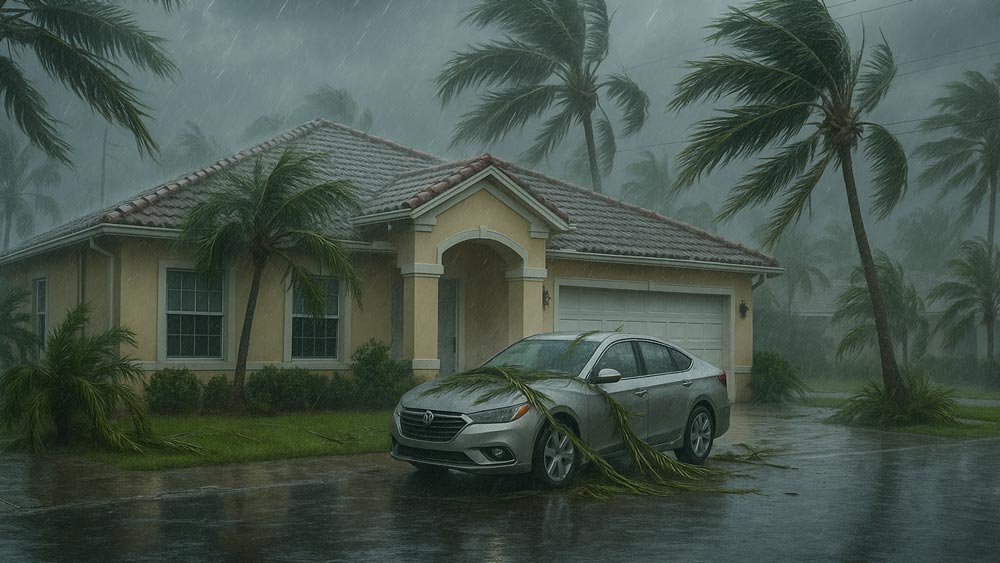
AUTHOR
Editor
POSTED ON
October 1, 2024
The Science Behind the Risk
Why Flooded EVs Can Catch Fire
When electric vehicles or battery-powered devices are submerged in saltwater, the internal components of their lithium-ion batteries can corrode, overheat, and enter thermal runaway. This process leads to the release of flammable gases and a high risk of delayed ignition—even days after flooding occurs.
Residents, emergency responders, and tow operators are urged to treat any water-damaged battery device as a potential fire hazard.
Immediate Actions to Take If You Own a Flooded EV or Device
If your EV, hybrid, or battery-powered device has been affected by floodwaters, officials recommend the following fire safety steps:
- Unplug the vehicle or device immediately.
- Move it to an open, outdoor space—away from your home, garage, or apartment complex.
- Do not attempt to charge it under any circumstances.
- Vent the cabin by leaving windows or doors open to release flammable gases.
- Disable the vehicle by placing it in park, removing the ignition key, chocking wheels, and disconnecting the 12V battery.
- Avoid contact with the high-voltage battery, especially if overheating or smoke is present.
- Consult the manufacturer’s flood/fire guidance for your specific model.
Urgent Call for Manufacturer Responsibility
Patronis criticized EV manufacturers for failing to warn consumers in time:
“Unfortunately, before Helene made landfall, we didn’t see proactive outreach from manufacturers. It’s not too late for them to send urgent safety notifications and guidance.”
He is urging automakers and battery device companies to distribute fire safety protocols and disposal instructions to customers in flood-prone areas immediately.
Proper Disposal of Lithium-Ion Batteries
Do not dispose of flooded EVs or battery-powered devices in regular trash or car lots. Instead:
- Contact your local government for designated disposal centers.
- Coordinate with licensed tow companies for safe vehicle relocation.
- Follow the guidance of the U.S. Department of Transportation, NFPA, and Florida Department of Environmental Protection.
Who Are FPRF and FSRI?
About the Fire Protection Research Foundation
The FPRF, the research affiliate of NFPA, is a nonprofit committed to advancing fire safety science and developing practical solutions through collaborative research.
About the Fire Safety Research Institute
Part of UL Research Institutes, FSRI focuses on resolving modern fire safety challenges by providing tools, data, and education to improve tactical decisions and public awareness.
Real-Life Danger: The Off-Gassing Threat
One of the most dramatic incidents featured in the video occurred in Colorado, where firefighters were unaware that gases from a burning plug-in hybrid were building pressure inside a garage. The resulting explosion blew the doors off their tracks, nearly hitting a firefighter and knocking others off their feet.
This process, called off-gassing, often precedes a battery explosion. Without thermal cameras or gas sensors, first responders may not recognize the threat until it’s too late.
Final Thoughts: Suppression vs. Safety
This joint notice is a timely wake-up call for fire services worldwide. While fire blankets may appear to provide quick control, they can also conceal life-threatening hazards when lithium-ion batteries are involved.
The safest response starts with informed tactics—backed by science.
Subscribe to our Newsletter
Be the first to know about the latest articles, safety tips, real stories, and industry updates related to lithium battery fire prevention
We do not spam. You can unsubscribe anytime


